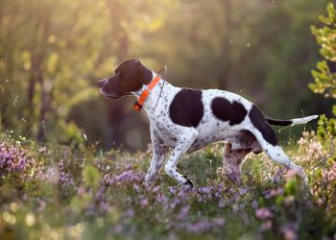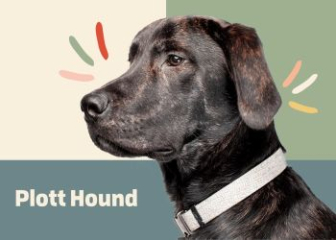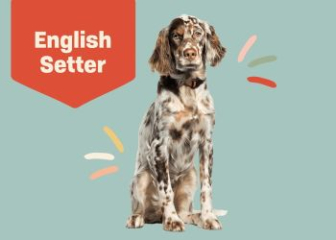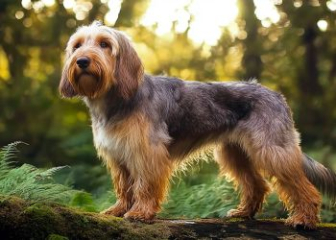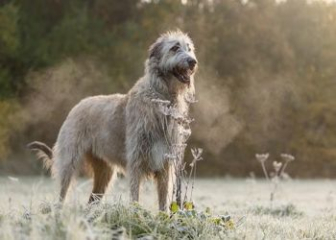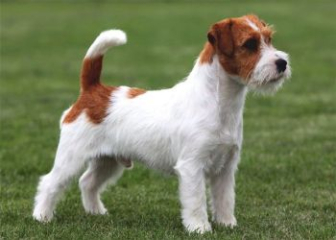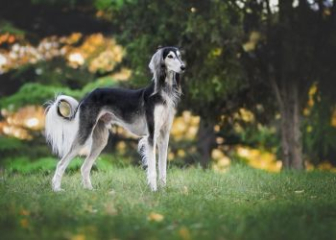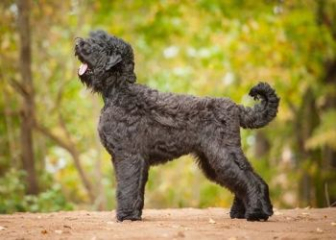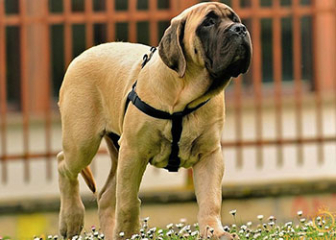Akita Dog – A Precious Ancient Breed from Japan
Blog | by
The Akita Inu is an ancient dog breed from Japan, resembling the Shiba Inu but larger in size. They are known for their loyalty, intelligence, and slightly stubborn nature.
The Akita, or fully named Akita Inu, originates from Japan. It is one of the oldest and rarest dog breeds in the Land of the Rising Sun, and even considered one of the most ancient breeds in the world.
In today’s article, let’s dive deeper into the Akita Inu with dog breed!
Where Does the Akita Dog Come From?
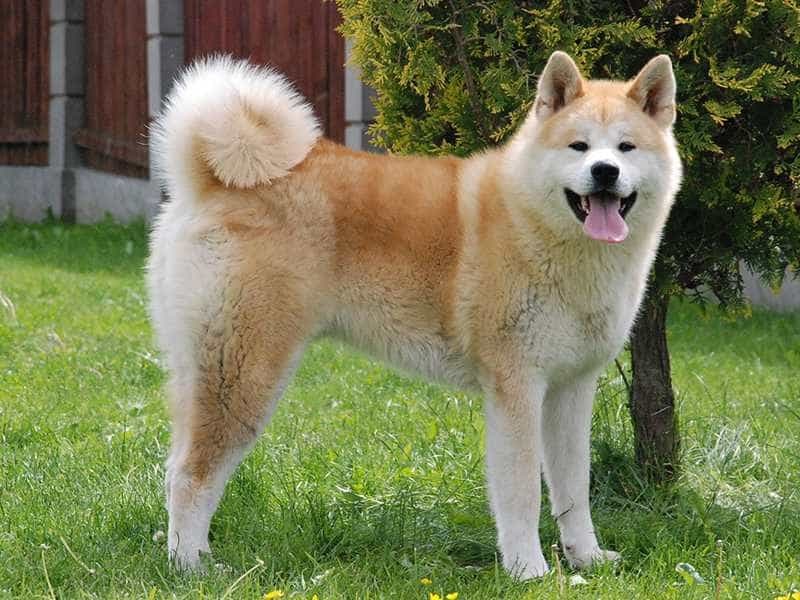
Akita Inu – An Ancient Japanese Dog Breed
The Akita Inu is an ancient dog breed from Japan.
This breed originates from Akita Prefecture, located in the northern part of Honshu Island, one of Japan’s main islands. It is considered the oldest dog breed in Japan and possibly even one of the most ancient breeds in the world, as depictions of these dogs have been found on rock carvings dating back more than 2000 BCE.
In Japanese, "Inu" means "dog," so "Akita Inu" translates to "Dog of the Akita region."
The Development History of Akita Inu:
- 17th Century: Akita Inu was bred in the mountainous areas of Akita Prefecture for the purpose of hunting large game such as deer, bears, and wild boars.
- Late 19th – Early 20th Century: The Akita was crossbred with Mastiffs, Tosa Inu, and German Shepherds to create a more aggressive breed for dog fighting.
- 1910: Japan initiated a reverse breeding process to restore the purebred Akita Inu, which was considered complete by 1970.
- 1931: The Japanese government officially recognized Akita Inu as a "National Natural Treasure" and began efforts to preserve the breed’s original characteristics.
- Post-World War II: American soldiers brought Akita Inu back to the United States, leading to the creation of the American Akita breed.
- 2021: The Japanese government gifted a 3-month-old Akita Inu puppy named "Yume" to Russian President Vladimir Putin as a gesture of diplomatic goodwill.
Akita Inu – A Cultural Symbol of Japan
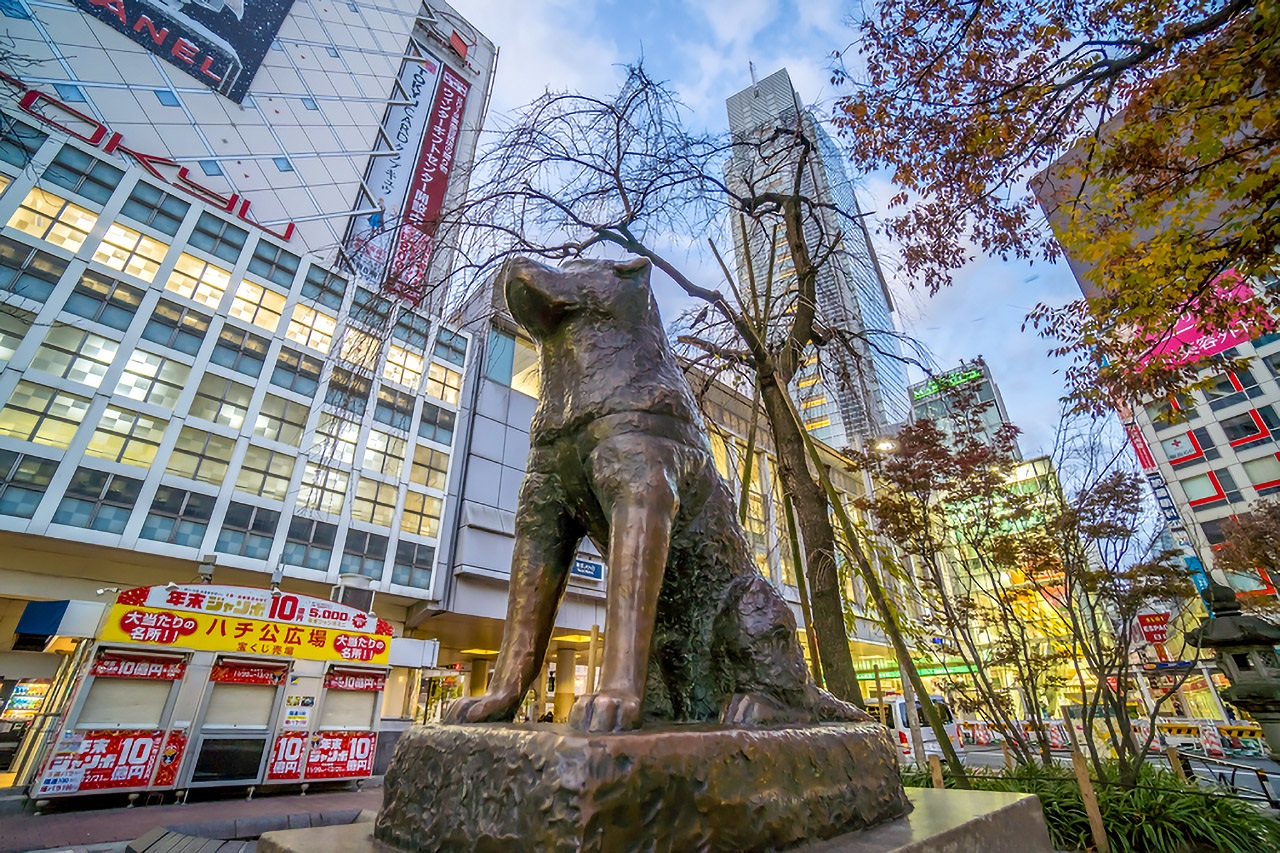
The Statue of Hachikō – A Symbol of Loyalty in Japan
For Japan, the Akita Inu is not only a rare and ancient dog breed but also a cultural symbol representing many admirable values of the Japanese people.
Loyalty
The most famous example of Akita Inu’s loyalty is the story of Hachikō, an Akita Inu who waited for his owner at Shibuya Station for nine years after his owner's passing. This touching story became a legend in Japan and is well-known worldwide.
A Symbol of Good Luck and Health
In Japan, there is a tradition of gifting Akita Inu statues or images to the sick, pregnant women, or children as a wish for peace, happiness, and good health.
A Source of National Pride
The Akita Inu is one of Japan’s six most ancient native dog breeds (along with Shiba Inu, Hokkaido, Shikoku, Kai Ken, and Kishu) and has been officially recognized as a "National Natural Treasure."
How Many Types of Akita Inu Are There?
Currently, based on their lineage and development, Akita Inu is divided into two main types:
Japanese Akita Inu (Nihon Akita Inu)
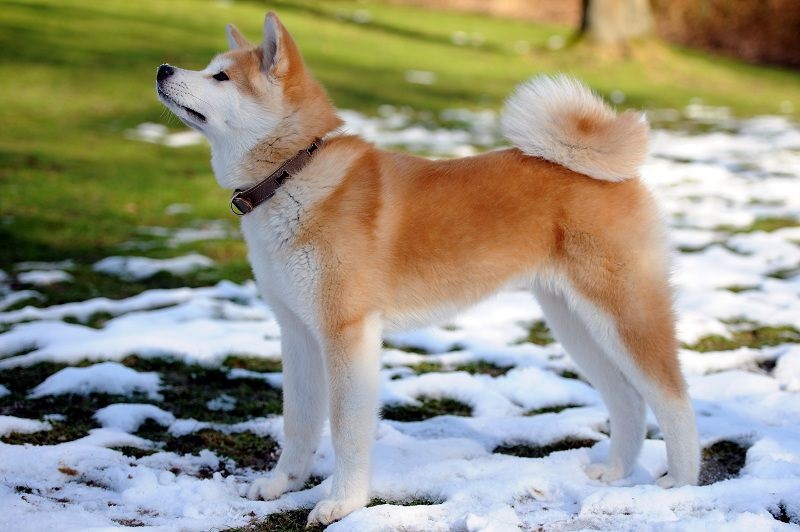
Appearance of a Japanese Akita Inu
This is a pure Japanese breed, possessing genes and physical traits that closely resemble its ancestors.
-
Elegant and compact body structure
-
Small head, pointed muzzle, erect ears, and a curled tail over the back
-
Calm, intelligent, and rarely barks
American Akita
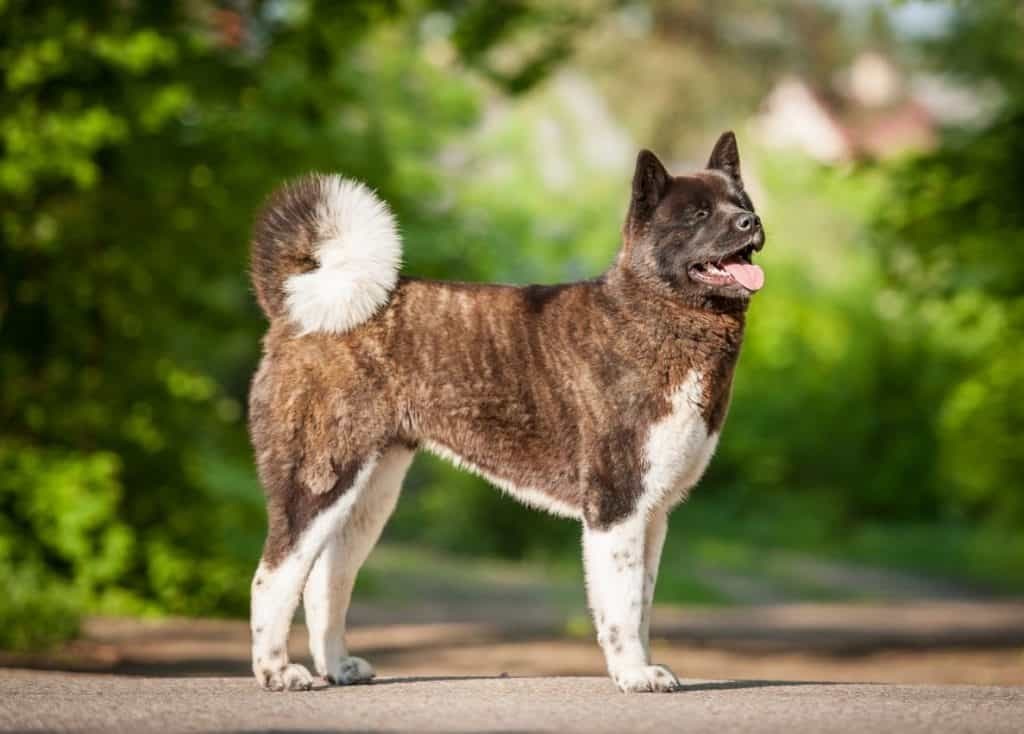
American Akita
The American Akita is a breed developed in the United States by crossbreeding Akita Inu to create a stronger guard and protection dog.
-
Larger and more muscular than the Japanese Akita
-
Broad head with a bear-like face and wide muzzle
-
Deep-set eyes, giving a more intense and fierce expression
-
Strong, protective, and sometimes aggressive temperament
Appearance of a Purebred Akita Inu
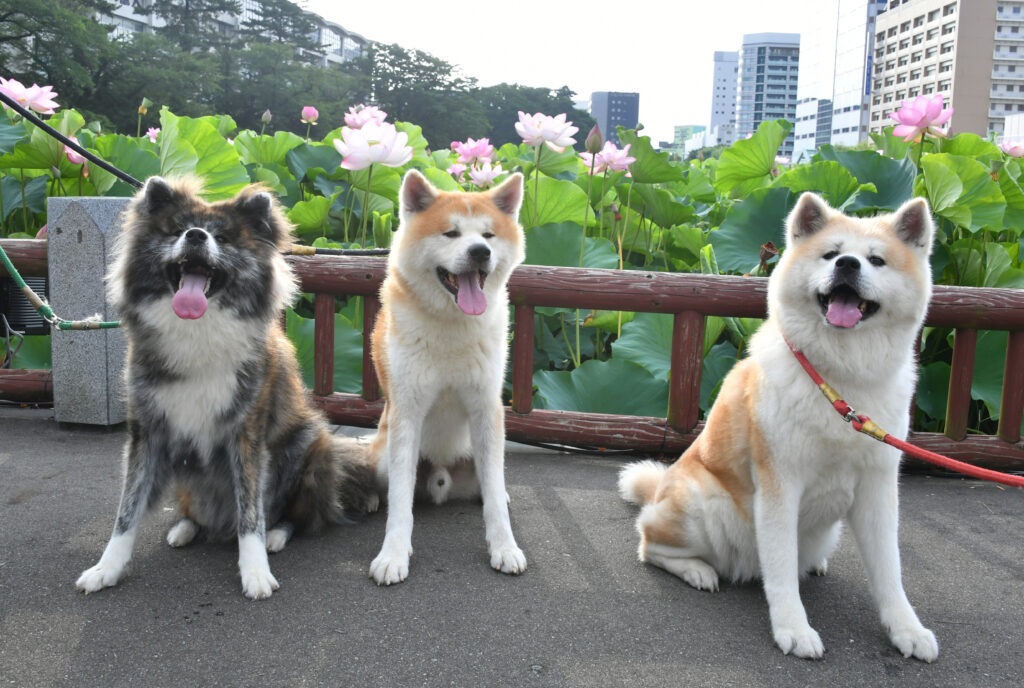
Akita Inu in Different Colors
The purebred Akita Inu has a large, strong, and muscular build, yet it maintains an elegant and calm demeanor. Below are the detailed physical traits that help identify a purebred Akita Inu.
Size & Weight:
- Height: Males: 66 - 71 cm, Females: 61 - 66 cm
- Weight: Males: 34 - 54 kg, Females: 34 - 50 kg
Physical Appearance:
- Body: Sturdy, well-balanced, muscular, and powerful.
- Head: Large, flat forehead with a slight frontal groove.
- Face: Wolf-like triangular shape, with a pointed but not overly long muzzle.
- Nose: Black with wide nostrils.
- Eyes: Small, deep-set, triangular, and dark brown, giving a calm and thoughtful expression.
- Ears: Small, thick, triangular, erect, and slightly leaning forward.
- Chest: Deep, with well-developed shoulders and back muscles.
- Legs: Straight, with round, webbed paws similar to a cat’s.
- Tail: Thick, curled over the back, with long and fluffy fur.
- Coat: Double-layered, with a coarse and stiff outer coat, and a soft, dense undercoat for insulation.
Standard Coat Colors:
- Red (Reddish-Brown)
- Pure White
- Brindle
- Sesame (Grayish fur mix)
- The belly, chest, inner legs, and underside of the tail typically have white markings, known as “Urajiro”, a distinctive feature of Japanese Akita Inu.
Personality of Akita Inu
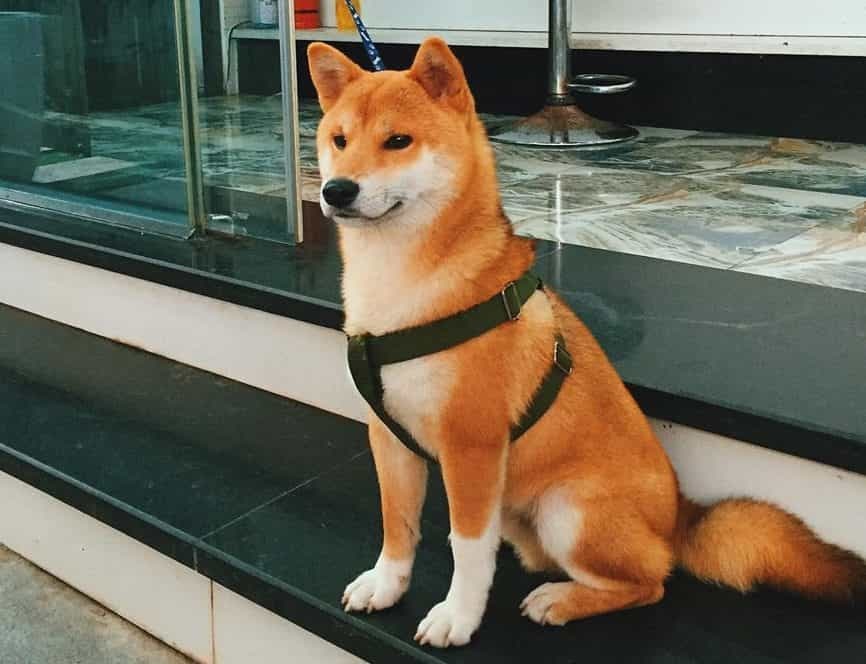
Akita Inu – The Ultimate Loyal Dog
The Akita Inu is a calm, loyal, and independent dog breed. This breed is not suitable for everyone, but with proper training, an Akita can become an amazing and trustworthy companion.
Absolute Loyalty to One Owner
The Akita Inu is famous for its unwavering loyalty, as it bonds deeply with only one owner. The most well-known example is Hachikō, an Akita who became a symbol of loyalty in Japan by waiting for his owner at a train station for nine years after his passing.
Calm and Composed
Unlike many other dog breeds that bark frequently or get overly excited, the Akita Inu is naturally quiet and observant, carefully analyzing situations before deciding how to react.
Independent but Stubborn
The Akita Inu is not the type of dog that seeks to please its owner all the time. It tends to think for itself and make its own decisions, which means it does not always obey commands immediately. Early training is essential to prevent the Akita from becoming too stubborn.
Strong Protective Instincts
Although gentle and affectionate with family members, the Akita Inu is highly alert around strangers. When visitors come to the house, an Akita may act distant or even reserved, keeping its guard up.
Not Friendly with Other Pets
The Akita Inu does not naturally get along with other animals, especially dogs of the same sex. If you want your Akita to coexist peacefully with other pets, early socialization is a must.
How to Raise and Care for an Akita Inu
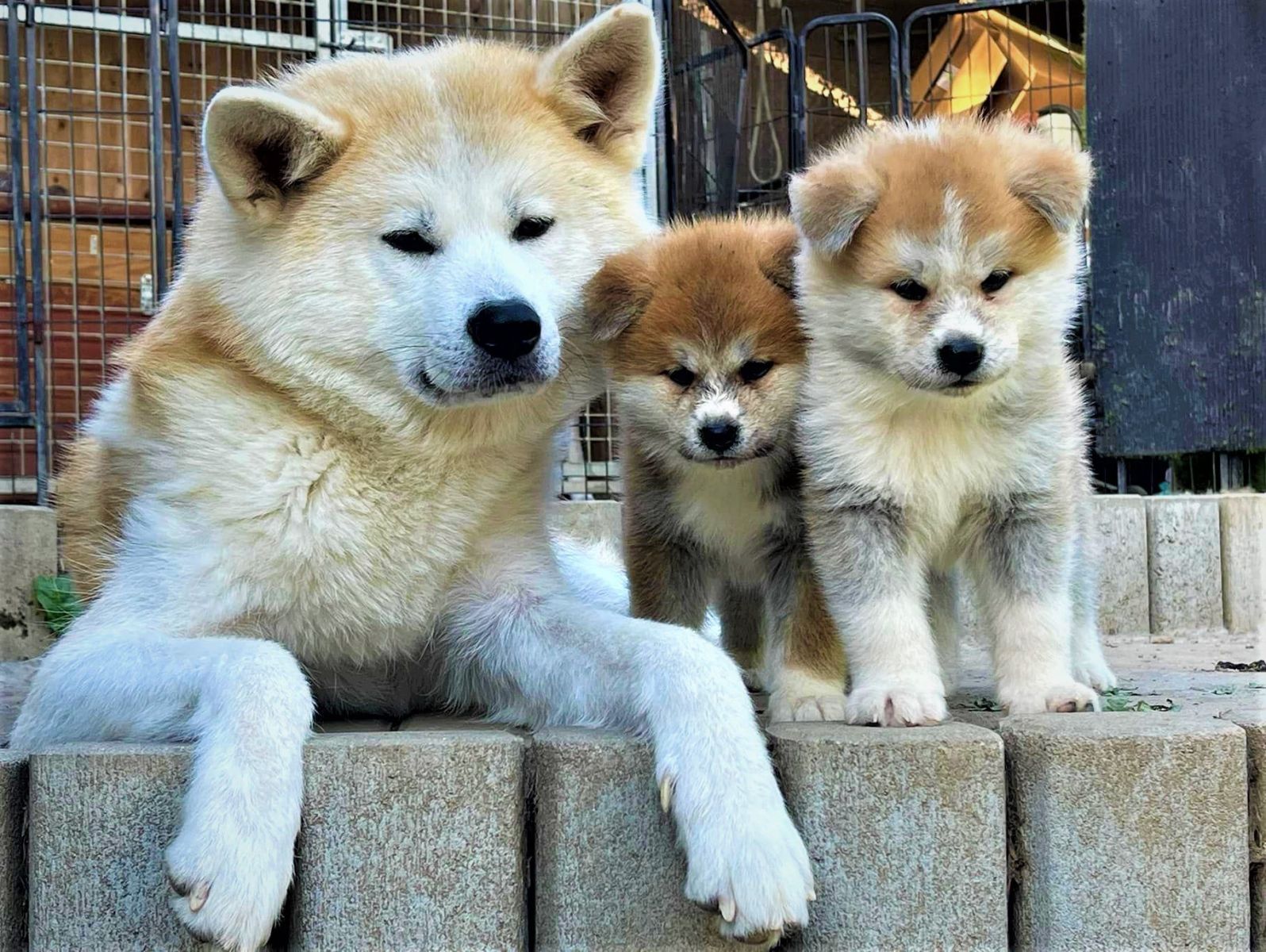
Super Adorable Akita Inu Puppies with Their Mother
The Akita Inu is an intelligent but somewhat stubborn dog breed. If you plan to raise one, experience and proper training are essential. Below is a guide to help you care for your Akita Inu properly.
Proper Nutrition for Akita Inu
To keep your Akita Inu healthy with a beautiful coat, you need to provide a balanced diet. Here are the essential nutrients for Akita Inu and their sources:
| Nutrient | Function | Food Sources |
|---|---|---|
| Protein | Builds muscles, strengthens the immune system | Beef, chicken, fish, organ meats |
| Fat | Provides energy, keeps the coat shiny | Fish oil, olive oil, coconut oil |
| Carbohydrates | Provides quick energy, easy to digest | Whole grains, brown rice, oats |
| Fiber | Aids digestion | Green vegetables, pumpkin, carrots |
| Vitamins & Minerals | Supports the immune system | Fruits, vegetables, eggs |
| Calcium & Phosphorus | Develops strong bones and teeth | Bone broth, eggs |
| Water | Essential for hydration | Always available and refreshed daily |
Feeding Schedule Based on Age:
Akita Puppies (2 - 6 months old)
- Meals per day: 3 - 4
- Soft, easy-to-digest foods with high nutritional value
- Mix home-cooked meals with soft kibble for puppies
- Supplement with puppy formula (avoid cow’s milk to prevent diarrhea)
Adult Akita (6 months - 7 years old)
- Meals per day: 2
- Balanced portion of meat, vegetables, and carbohydrates
- Can be fed high-quality kibble formulated for adult dogs
Senior Akita (7+ years old)
- Meals per day: 3 (to reduce stomach strain)**
- Lower carbohydrates and fat, increase fiber and vegetables
- Soft, easy-to-chew, and easily digestible foods
Coat Care & Hygiene for Akita Inu
The Akita Inu has a thick double coat and sheds heavily, especially during shedding seasons. Proper grooming is crucial to prevent skin diseases.
Grooming Routine:
- Brush coat 2 - 3 times a week; during shedding season, daily brushing is recommended.
- Bathe every 3 - 4 weeks (or when dirty) using shampoo for thick-coated dogs.
- Dry the coat thoroughly after bathing.
- Clean ears 1 - 2 times per week.
- Wipe eyes daily with a damp cloth.
- Brush teeth 3 - 4 times per week.
Exercise & Training for Akita Inu
A proper exercise and training schedule will keep your Akita Inu healthy and well-behaved.
Exercise Needs:
- At least 30 - 60 minutes of exercise daily.
- Suitable activities: walking, jogging (on a leash), tug-of-war, stair climbing, park strolls.
- Avoid intense exercise in hot weather to prevent heat stroke.
Training Guidelines:
- Start basic training at 2 - 3 months old. Although intelligent, Akita Inu is stubborn, so training should begin early.
- Basic commands: Sit - Stand - Come - Lie Down.
- After 6 - 8 months, advanced training can include staying calm, walking without pulling on the leash, guarding the home, etc.
Vaccination Schedule for Akita Inu
To ensure good health and prevent dangerous infectious diseases, follow this vaccination and deworming schedule:
| Akita Inu Age | Vaccine Type | Notes |
|---|---|---|
| 3 weeks - 1 month | Deworming | Every 2 weeks until 3 months old |
| 6 - 8 weeks | First dose of 5-in-1 or 7-in-1 vaccine | Prevents distemper, kennel cough, hepatitis, parvo, coronavirus, etc. |
| 9 - 11 weeks | Second dose of 5-in-1 or 7-in-1 vaccine | Given 3 - 4 weeks after the first shot |
| 12 - 14 weeks | Final dose of 5-in-1 or 7-in-1 vaccine + Rabies vaccine | Rabies vaccine is mandatory in some regions |
| Annually | Booster shots for rabies and combination vaccines | Given once a year |
Additionally, deworming should be done 2 - 3 times per year, along with flea, tick, and heartworm prevention treatments as advised by a veterinarian.
Common Health Issues in Akita Inu
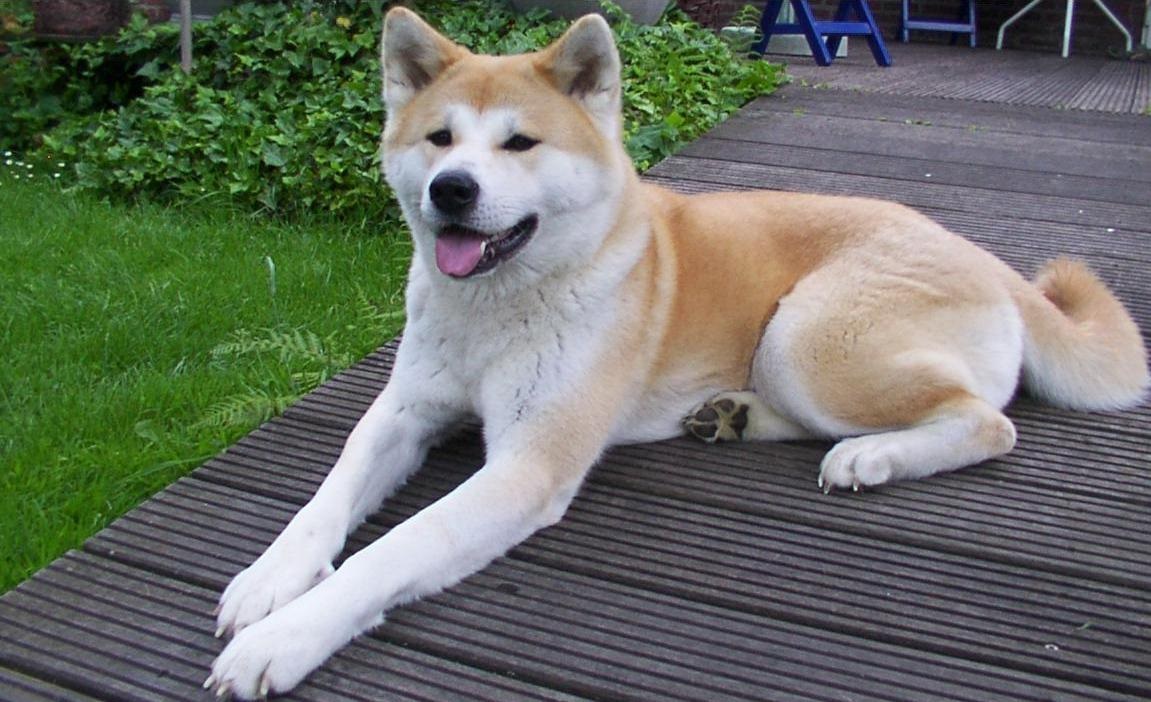
Akita Inu is Prone to Skin and Immune System Diseases
The Akita Inu has a lifespan of 10 - 12 years, but it is susceptible to blood disorders, immune system diseases, skin conditions, and eye problems if not properly cared for. Below are some common health issues found in Akita Inu.
Blood Clotting Disorder in Akita Inu
This is a hereditary bleeding disorder commonly found in Akita Inu, caused by a deficiency in clotting factors, leading to excessive bleeding.
Symptoms:
- Nosebleeds
- Bleeding gums
- Prolonged bleeding from minor injuries
Prevention & Treatment:
- Minimize injuries and physical trauma
- Schedule regular health check-ups to detect the condition early and follow appropriate treatment plans
Uveodermatologic Syndrome (VKH - Vogt-Koyanagi-Harada-like Syndrome) in Akita Inu
This is an autoimmune disease commonly found in Akita Inu, where the immune system attacks pigmented cells in the eyes, skin, and nervous system.
Causes:
- Infections
- Eye trauma
- Underlying conditions such as tumors or parasites
Symptoms:
- Red, swollen eyes
- Cloudy or hazy appearance in the eyes
- Sensitivity to light
- Excessive tearing
- Gradual vision loss
Prevention & Treatment:
- Visit a veterinarian immediately for proper diagnosis and treatment
- Use strong anti-inflammatory drugs, immunosuppressants, and pain relievers as prescribed
Skin Diseases in Akita Inu
The Akita Inu has a thick double coat and is naturally suited for cold climates. When raised in hot and humid environments, such as in Vietnam, they are prone to several skin conditions.
Common Skin Diseases in Akita Inu:
- Allergic Dermatitis: Caused by food allergies, flea bites, or environmental allergens, leading to intense itching, red skin, and patchy hair loss.
- Fungal Infections: Parasitic fungi on the skin, causing circular hair loss, red and scaly skin.
- Bacterial Skin Infections (Pyoderma): Bacterial infections leading to swollen, pus-filled, foul-smelling skin lesions.
Prevention & Treatment:
- Bathe and clean properly using a special shampoo for thick-coated dogs.
- Dry the coat thoroughly after bathing to prevent fungal growth.
- Regularly check for ticks, fleas, and skin issues.
Comparison Between Akita Inu and Shiba Inu
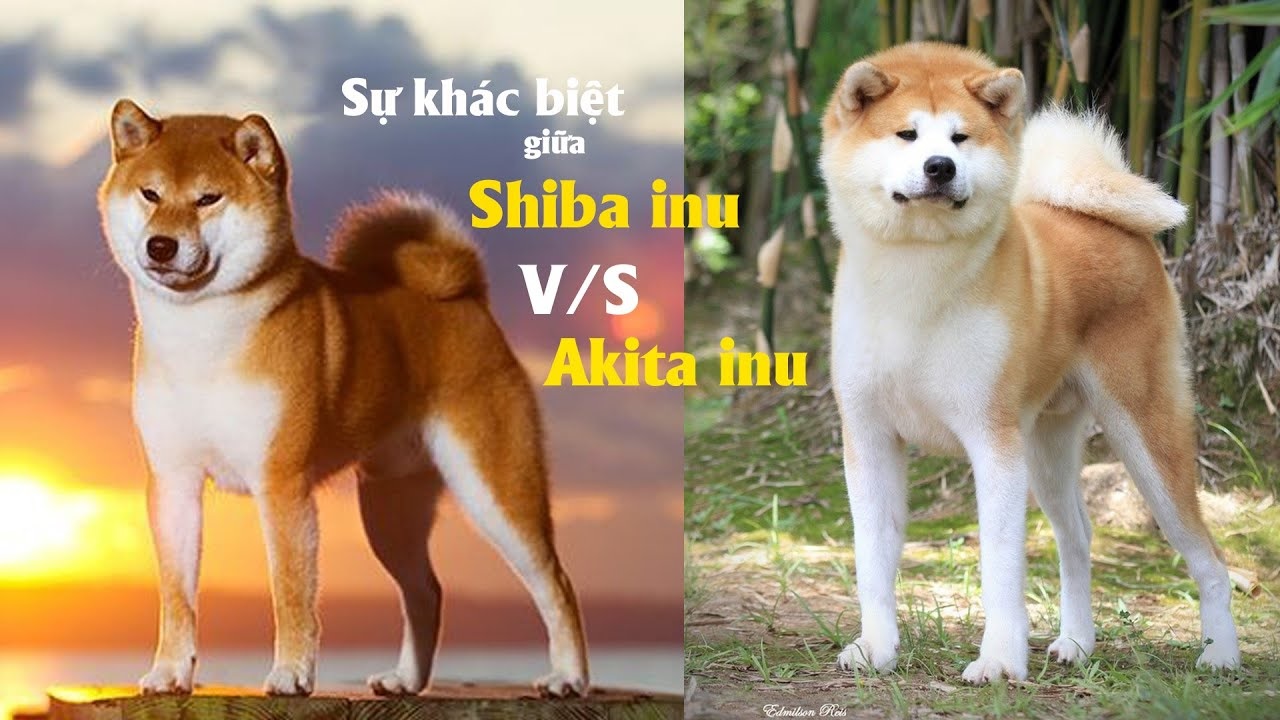
Shiba Inu vs. Akita Inu
Both Akita Inu and Shiba Inu are famous Japanese dog breeds. While they share some similar physical traits, they differ significantly in size and personality. Below is a detailed comparison:
| Comparison Criteria | Akita Inu | Shiba Inu |
|---|---|---|
| Size | Large, weighing 25 - 40 kg, height 60 - 70 cm | Smaller, weighing 8 - 12 kg, height 35 - 43 cm |
| Face & Ears | Slightly square-shaped face, resembles a fox or bear | Sharp face, small ears, closely resembling a fox |
| Temperament | Calm, independent, and loyal | Energetic, playful, and mischievous |
| Energy Level | Doesn't require much exercise | High energy, loves running and jumping |
| Barking | Rarely barks | Barks frequently, highly alert |
Akita Inu Price Chart
The price of an Akita Inu depends on factors such as origin, purity, age, and physical traits. If you are considering owning one, refer to the pricing chart below:
| Akita Inu Origin | Price Range | Characteristics |
|---|---|---|
| Born in Vietnam | 15 - 25 million VND | Has VKA certification, purebred |
| Imported from Thailand | 30 - 45 million VND | Purebred, has FCI certification |
| Imported from Japan | 60 - 100 million VND | 100% purebred, premium quality, often used for breeding |
| American Akita | 12 - 35 million VND | Larger, distinct from Japanese Akita |
Important Notes When Buying an Akita Inu:
- Avoid buying cheap Akita Inu puppies or those advertised for 600,000 VND on social media. These are likely mixed breeds or unhealthy dogs that do not meet breed standards.
- Verify all certification documents, vaccination records, and conduct a thorough health and physical examination before purchasing.
- Only buy from reputable breeders, pet stores, or certified kennels to ensure a healthy and purebred Akita Inu with proper after-sales support.
Collection of Beautiful Akita Inu Photos
Enjoy some of the most adorable moments of the Akita Inu that we have compiled below!
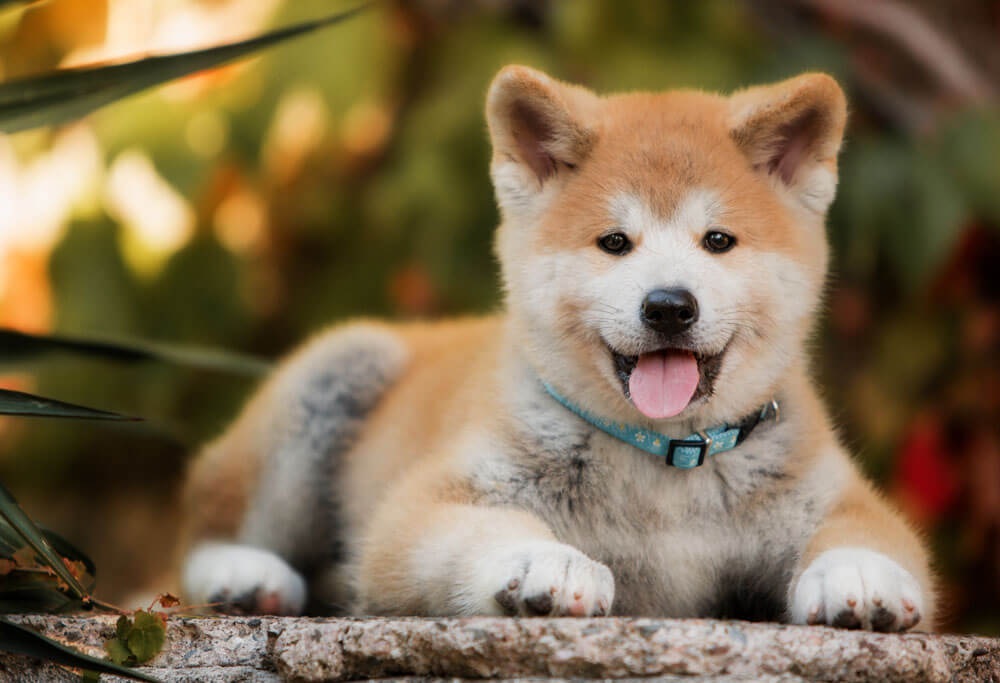
An Adorable Akita Inu Puppy.
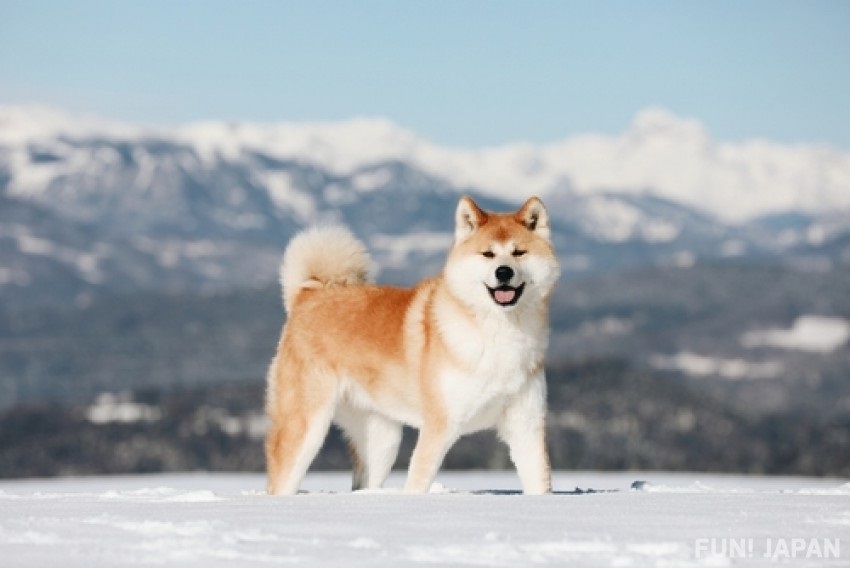
.An Akita Inu Standing on a White Snowy Ground.
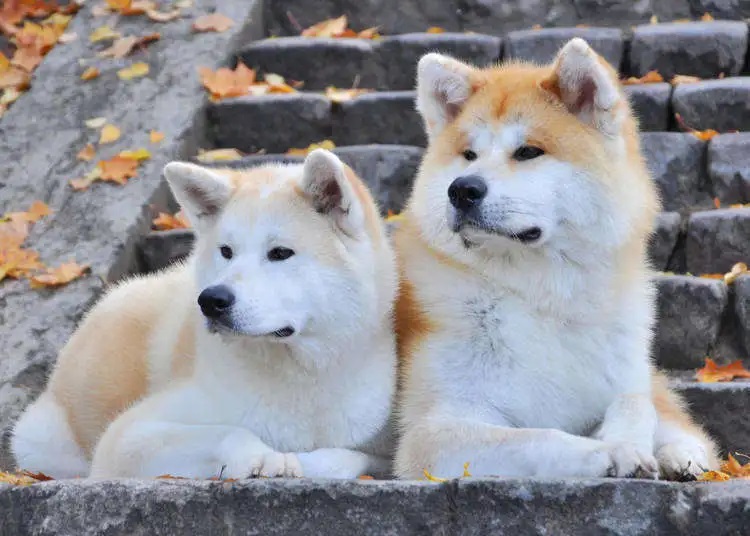
Akita Inu Mother and Puppies
Through this article, dogbreed.wiki has shared detailed information about the Akita Inu. This breed is not only one of the oldest dog breeds in Japan but also a symbol of loyalty and cultural pride for the country.
Don’t forget to visit our Blog section to learn more about other dog breeds!
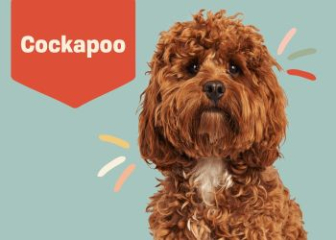
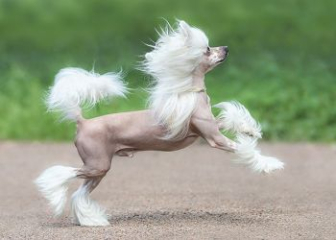
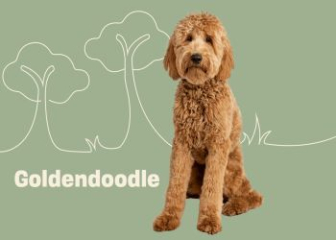
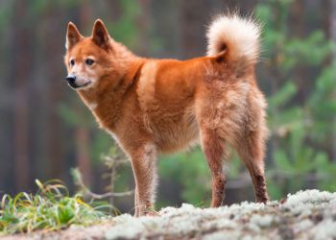
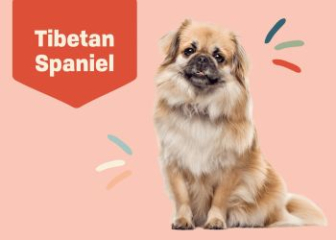
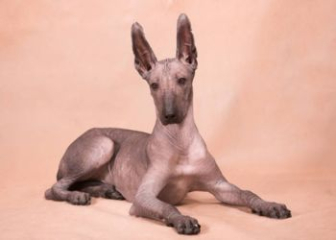
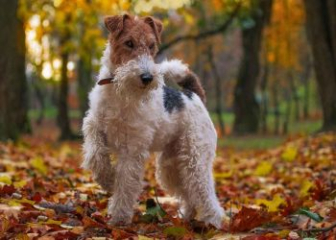

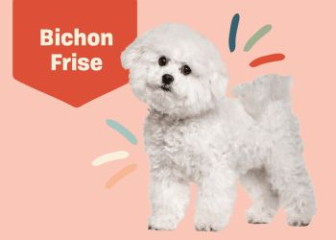
_350x250.jpg)

